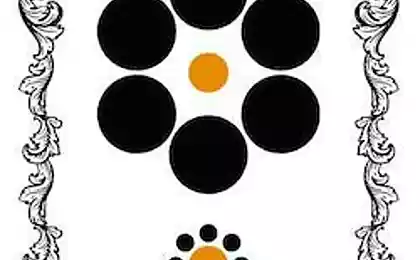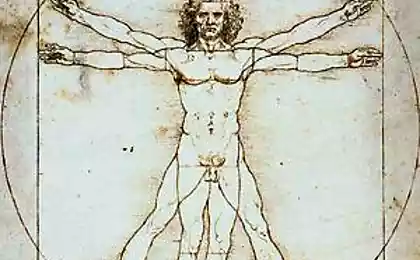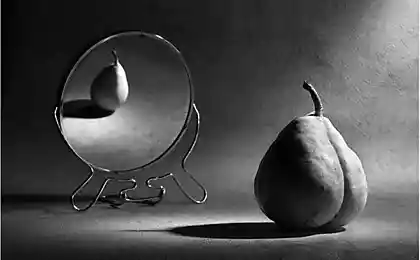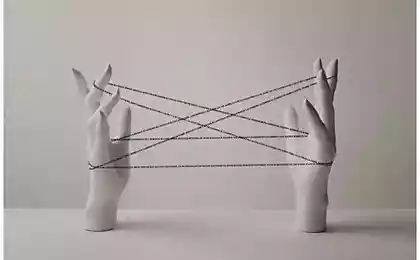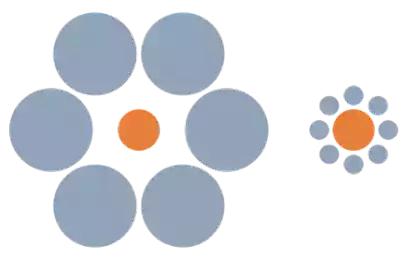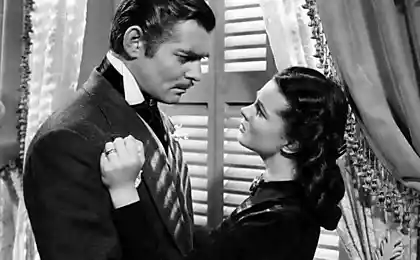1012
Do not believe your eyes: some interesting visual illusions
Images that are able to deceive mozg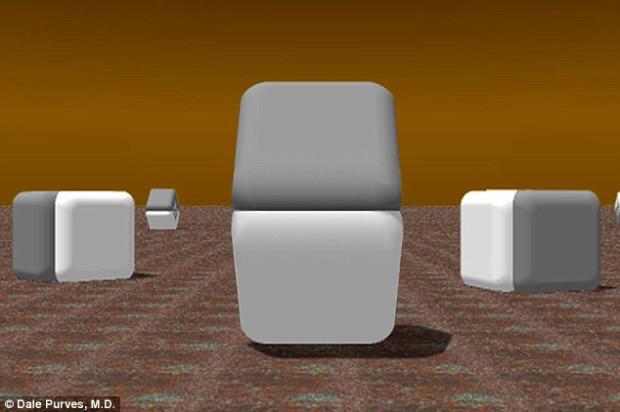
It seems that these two blocks have different gray shades. Your eyes are lying to you: just put your finger between the blocks to make sure that the shade of the same. Illusion is due to the fact that one block in the middle of clarified, and the second - slightly obscured. This illusion was discovered in 1960 psychologist Tom Kornsvitom and therefore called illusion Kornsvita.
Above all Kornsvit it is known for his studies of human visual perception. In particular, he noted that people perceive color and shade surround the image, depending on the lighting and shadows - in this case, that's why our brain perceives the upper block is darker.
This effect is even more noticeable on the optical illusions below, created by Edward Adelson MIT. Squares, A and B are actually a single shade. Your eyes and brain trying to figure out what color the other objects around these squares, while the shade is automatically compensated: In the square in the shadow cast by the green cylinder, and square, and is located outside of the shadows.

If you need more proof that the eyes can not always be trusted, Focus on the red cross in the image below. Perhaps you think that the point of rushing chaotically in different directions. In fact, they all move in a straight line and never faced. To see this, look carefully at one point and not pay attention to the cross - you will see that every point is really moving in a straight line.
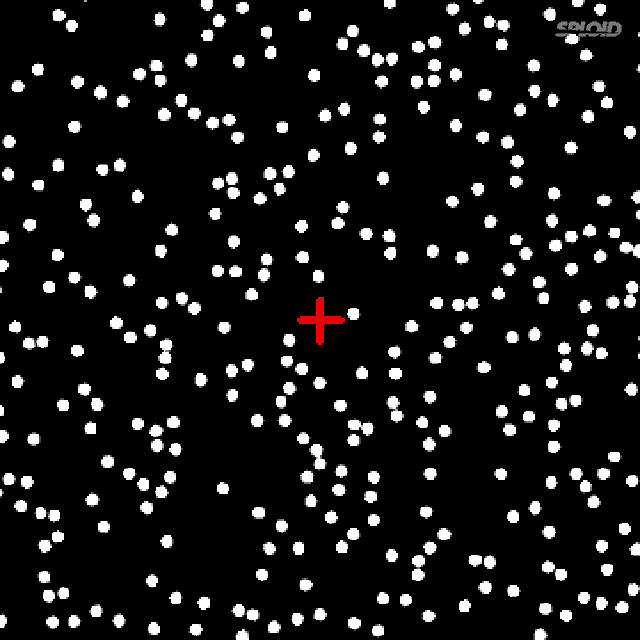
Japanese scientists have developed a picture of colored circles which move - at least that is what our eyes tell us, in fact circles remain stationary. The effect works for peripheral vision - the terms on which you focus your attention remains fixed, but the other two begin to rotate. Experts do not fully understand why there is so, but it is known that the shape of the segments that make up the community, is crucial.
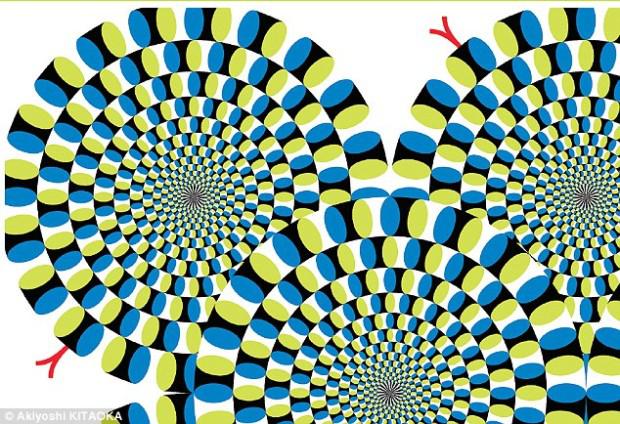
No less famous illusion called "grid". For the first time she was reported to the German physiologist Hermann Ludimar in 1870. In the picture you can see a simple white grid on a black background. When you drive a look at the image at the intersections of the lines appear dark spots, but when you look directly at any intersection, dark spots in this place disappear.

For many years, it was widely believed that this illusion works because of lateral inhibition - the cells at the back of the retina respond to alleged black and white areas. Several years ago, the theory was disproved, so that the principle of illusion works remains a mystery.

Some illusions easier to explain. For example, horizontal lines in this image appear tilted, but in reality they are parallel to each other. It is easy to see the gray dividing line between the two white and two black tiles, but between the white and black notice it a little more difficult. The brain fills the gap, considering the line as part of black or white tiles, which, in turn, makes visually boxes at one end wider than the other.
via factroom.ru

It seems that these two blocks have different gray shades. Your eyes are lying to you: just put your finger between the blocks to make sure that the shade of the same. Illusion is due to the fact that one block in the middle of clarified, and the second - slightly obscured. This illusion was discovered in 1960 psychologist Tom Kornsvitom and therefore called illusion Kornsvita.
Above all Kornsvit it is known for his studies of human visual perception. In particular, he noted that people perceive color and shade surround the image, depending on the lighting and shadows - in this case, that's why our brain perceives the upper block is darker.
This effect is even more noticeable on the optical illusions below, created by Edward Adelson MIT. Squares, A and B are actually a single shade. Your eyes and brain trying to figure out what color the other objects around these squares, while the shade is automatically compensated: In the square in the shadow cast by the green cylinder, and square, and is located outside of the shadows.

If you need more proof that the eyes can not always be trusted, Focus on the red cross in the image below. Perhaps you think that the point of rushing chaotically in different directions. In fact, they all move in a straight line and never faced. To see this, look carefully at one point and not pay attention to the cross - you will see that every point is really moving in a straight line.

Japanese scientists have developed a picture of colored circles which move - at least that is what our eyes tell us, in fact circles remain stationary. The effect works for peripheral vision - the terms on which you focus your attention remains fixed, but the other two begin to rotate. Experts do not fully understand why there is so, but it is known that the shape of the segments that make up the community, is crucial.

No less famous illusion called "grid". For the first time she was reported to the German physiologist Hermann Ludimar in 1870. In the picture you can see a simple white grid on a black background. When you drive a look at the image at the intersections of the lines appear dark spots, but when you look directly at any intersection, dark spots in this place disappear.

For many years, it was widely believed that this illusion works because of lateral inhibition - the cells at the back of the retina respond to alleged black and white areas. Several years ago, the theory was disproved, so that the principle of illusion works remains a mystery.

Some illusions easier to explain. For example, horizontal lines in this image appear tilted, but in reality they are parallel to each other. It is easy to see the gray dividing line between the two white and two black tiles, but between the white and black notice it a little more difficult. The brain fills the gap, considering the line as part of black or white tiles, which, in turn, makes visually boxes at one end wider than the other.
via factroom.ru
A healthy lifestyle can help you to keep in mind an older age
Feces can not find the dinosaurs because of their ancient ate cockroaches

